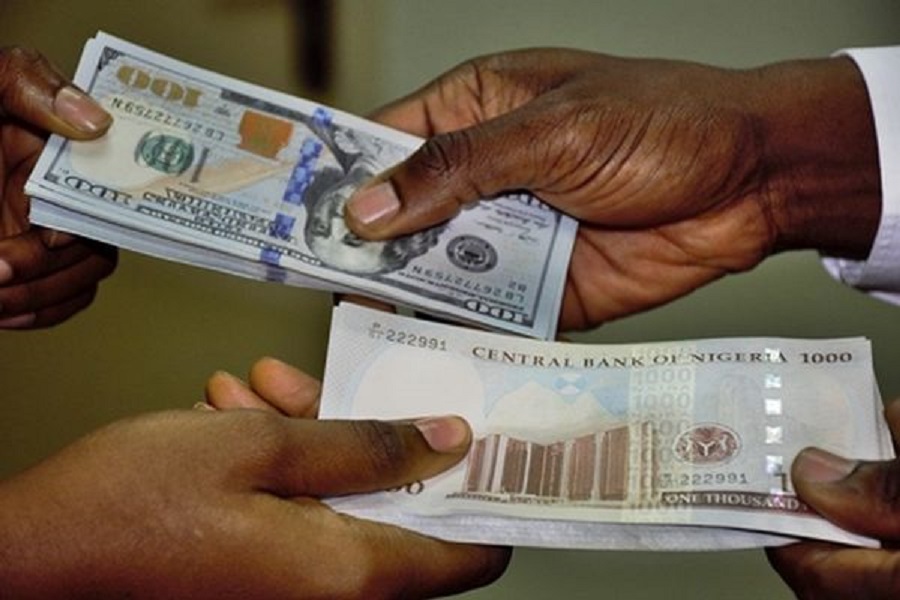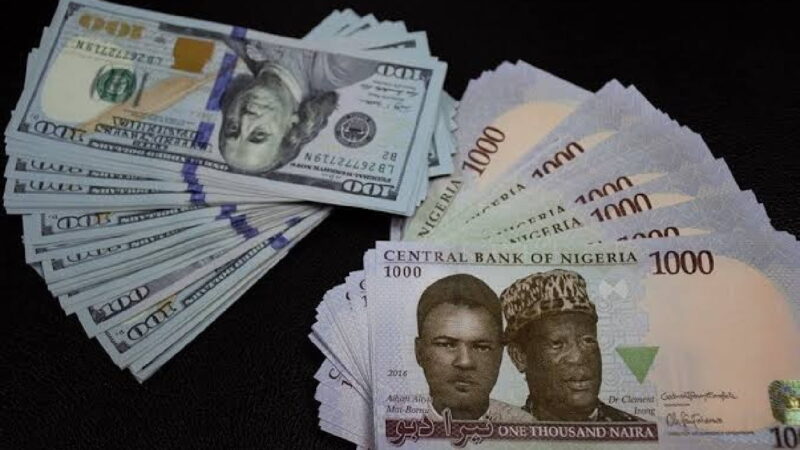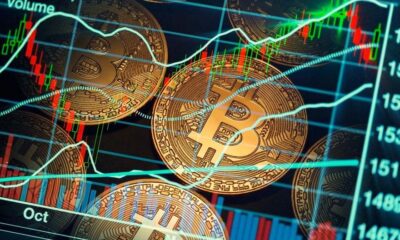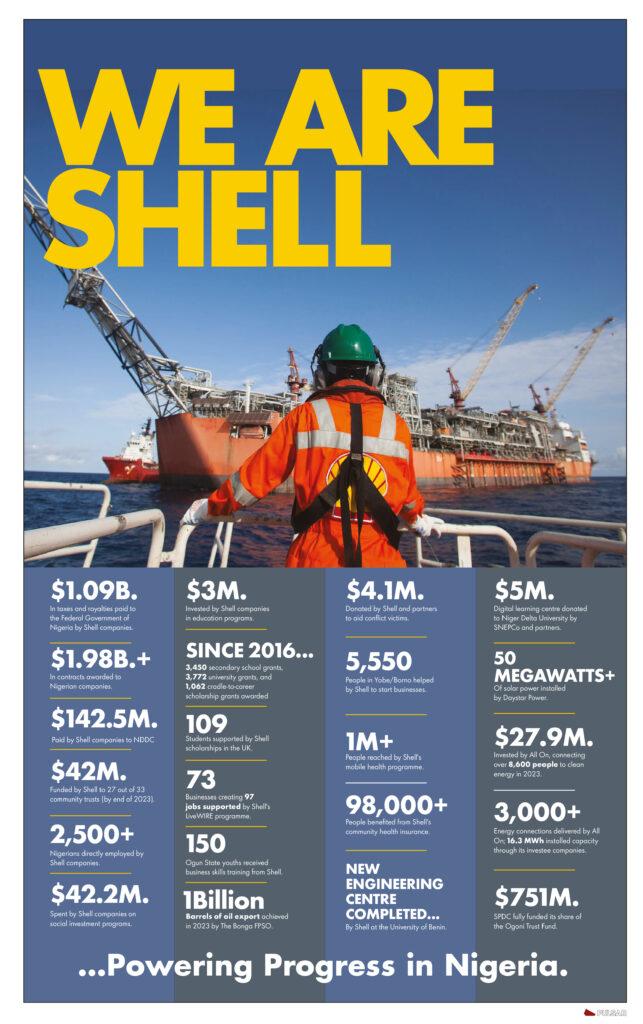Business
Investors fear ‘crypto winter’ is coming as bitcoin falls 50% from record highs

As cryptocurrency investors reel from the sharp sell-off in bitcoin and other digital currencies, some fear the worst is yet to come.
Bitcoin, the world’s largest virtual currency, briefly plunged below $33,000 Monday to its lowest level since July. It’s since recovered back above the $36,000 mark, but is still down almost 50% from a record high of nearly $69,000 in November.
Meanwhile, the entire crypto market has shed more than $1 trillion in value since bitcoin’s all-time high, as top tokens such as ether and solana followed the No. 1 digital currency to trade sharply lower. Ether has more than halved in value since reaching its peak in November, while solana has suffered an even steeper decline, falling 65%.
That’s got some crypto investors talking about the possibility of a “crypto winter,” a phrase referring to historic bear markets in the young digital currency market’s history. The most recent such occurrence happened in late 2017 and early 2018, when bitcoin crashed as much as 80% from all-time highs.
David Marcus, the former head of crypto at Facebook-parent Meta, appeared to admit a crypto winter has already arrived. In a tweet Monday, he said: “It’s during crypto winters that the best entrepreneurs build the better companies. This is the time again to focus on solving real problems vs. pumping tokens.”
Nadya Ivanova, chief operating officer at the BNP Paribas-affiliated tech research firm L’Atelier, said she’s not convinced a crypto winter has arrived yet — but the market is “now in a cooling off period.” That might not be so bad, she says.
“Over the last year — especially with all the hype in this market — a lot of developers seem to have been distracted by the easy gains from speculation in NFTs and other digital assets. A cooling off period might actually be an opportunity to start building the fundamentals of the market,” Ivanova told CNBC’s “Squawk Box Europe.”
Crypto’s rout has come in tandem with a slide in global stocks. Experts say that involvement from large institutional funds has meant digital assets are becoming more intertwined with traditional markets.
READ ALSO:
- You are architect of your trouble, Osun APC faction tells Oyetola
- FG condemns coup in Burkina Faso
- Monarch Assassinated, Three Others Burnt To Death In Ogun
- Don’t write off Eagles, Buhari appeals to Nigerians
The S&P 500 has fallen 8% since the start of the year, while the tech-heavy Nasdaq index is down over 12%. The correlation between bitcoin and the S&P 500 hit a fresh all-time high of 0.3 on Monday, according to Coin Metrics data.
Traders fear potential interest rate hikes and aggressive monetary tightening from the Federal Reserve will drain liquidity from the market. The U.S. central bank is considering making such moves in response to surging inflation, and some analysts say it could result in the end of the era of ultra-cheap money and sky-high valuations — especially in high-growth sectors like tech, which benefits from lower rates since companies often borrow funds to invest in their business.
“I think it’s related to the rout and withdrawal from risky assets overall,” Ivanova said of bitcoin’s recent decline.
The moves lower in major digital coins has been a boon to stablecoins, or digital currencies that track the value of sovereign currencies like the U.S. dollar. USD Coin, the second-largest stablecoin, has added over $5 billion in market value since Sunday, according to data from CoinGecko.
Correction?
Vijay Ayyar, vice president of corporate development and international at crypto exchange Luno, thinks the recent slump in crypto is more of a “correction” than a sustained downturn.
Bitcoin has typically seen “blow-off tops” before diving 80% or more, he said. This refers to a chart pattern which shows a steep increase in price and trading volume followed by a sharp fall in price.
“Corrections for BTC usually are in the 30-50% range, which is where we are currently, so still within normal correction territory,” Ayyar said.
Looking ahead, he says a key level to watch for bitcoin is $30,000. If it closes below that point in a week or more, “that would definitely indicate high likelihood of a bear market,” he said. A decline of around 80% from bitcoin’s recent peak would indicate a price of less than $15,000. Ayyar doesn’t think such a scenario is on the table.
Still, investors are worried about the prospect of further regulatory crackdowns on the crypto industry. Last week, Russia’s central bank proposed banning the use and mining of cryptocurrencies, mimicking a similar move from neighboring China. And the U.S. government is reportedly preparing to release a strategy to regulate crypto as early as next month.
MSN/CNBC
Business
Naira exchanges N1,650/$ in parallel market

Naira exchanges N1,650/$ in parallel market
Yesterday, the Naira appreciated N1,650 per dollar in the parallel market, compared to N1,655 on Monday.
Similarly, the Naira appreciated to N1,535 per dollar in the official foreign exchange market.
Data published by the Central Bank of Nigeria, CBN, showed that the exchange rate for the Nigerian Foreign Exchange Market (NFEM) fell to N1,535 per dollar from N1,537 per dollar on Monday, indicating N2 appreciation for the naira.
READ ALSO:
- Tension as Anambra community union asks monarch to stop Ofala Festival
- Exchange rate ends 2024 at N1,535/$1, marking a 40.9% depreciation
- Lagos govt clears traders from rail tracks at Bolade, Oshodi
Consequently, the margin between the parallel market and NFEM rate narrowed to N115 per dollar from N118 per dollar on Monday.
Naira exchanges N1,650/$ in parallel market
Business
Exchange rate ends 2024 at N1,535/$1, marking a 40.9% depreciation

Exchange rate ends 2024 at N1,535/$1, marking a 40.9% depreciation
The exchange rate between the naira and the dollar ended the year at N1,535/$1 representing a 40.9% depreciation for 2024.
The official exchange rate between the naira and dollar closed in 2023 at N907.11/$1 thus depreciating by 40.9% for the year which compares to a 49.1% devaluation at the end of 2023.
READ ALSO:
- Lagos govt clears traders from rail tracks at Bolade, Oshodi
- Four countries that won’t celebrate New Year
- Social media abuzz over Fayose claim of N50m donation to VeryDarkMan’s NGO
Nigeria introduced several foreign exchange policies in 2024 as the central bank expanded on market-friendly forex policies to attract foreign investors.
Meanwhile, on the parallel market where the exchange rate is sold unofficially, the naira exchanged for N1,660 to the dollar when compared to N1,215/$ according to Nairametrics tracking records. This represents a 26.8% depreciation.
Exchange rate ends 2024 at N1,535/$1, marking a 40.9% depreciation
Business
Warri refinery: Marketers hopeful of further petrol price drop

Warri refinery: Marketers hopeful of further petrol price drop
There was excitement on Monday as the Warri Refining and Petrochemical Company (WRPC) commenced partial production.
This is coming after nearly a decade of dormancy as the 125,000 barrels per day refinery was confirmed to be working at 60 per cent capacity, according to the Nigerian National Petroleum Company Limited (NNPCL).
The refinery, inactive since 2015 due to prolonged repairs, reportedly began refining activities last Saturday at its Area 1 plant, where crude oil was successfully pumped into the system.
This was coming about a month after the commencement of operations at the 60,000-barrel-per-day-old Port Harcourt Refinery.
The NNPCL Group Chief Executive Officer, Mele Kyari, announced the resumption of operation at the Warri Refinery during a tour of the facility on Monday.
Kyari was seen in a video posted by Channels TV addressing a tour team, which included the Chief Executive Officer of the Nigerian Midstream and Downstream Petroleum Regulatory Authority, Farouk Ahmed.
READ ALSO:
- Catholic priest sentenced to 11 years for criticising his president
- Warri refinery now operational, doing 125,000bpd – NNPCL boss
- Kwankwaso says no power-sharing agreement with Atiku, Obi
Earlier, Kyari explained that the inspection aimed to show Nigerians the level of work completed so far.
He said though the repairs on the facility were not 100 per cent complete, operations had commenced.
He said, “We are taking you through our plant. This plant is running. Although it is not 100 per cent complete, we are still in the process. Many people think these things are not real. They think real things are not possible in this country. We want you to see that this is real.”
With the addition of Warri Refinery, Nigeria’s refining capacity has further increased with marketers anticipating a further reduction in price of premium motor spirit (PMS).
The 650,000-barrel Dangote Refinery has commenced production in addition to the Port Harcourt Refinery with a total capacity of 210,000 barrels per day (bpd) comprising 60,000 bpd for the old plant and 150,000 bpd for the new plant.
It’s good for business, prices may reduce – Marketers
Major Energy Marketers’ Association of Nigeria (MEMAN) and the Independent Marketers Association of Nigeria (IPMAN) welcomed the revival of the Warri refinery, saying it would deepen competition, diversify supply and ultimately resort to price reduction.
Executive Secretary of MEMAN, Clem Isong in a chat with our correspondent stated that the Warri Refinery is the shortest route to the North, describing its revival as good news.
“The market becomes more competitive and we are diversifying supply,” he said.
On whether it would lead to price reduction, he stated, “There are many factors that affect price, competition is always good and you can always get your product at the best price.”
National Public Relations Officer of IPMAN, Alhaji Olanrewaju Okanlawon in a chat with our correspondent said, “If there is excess supply, it will keep bringing down the price. We now run a free market and it is about demand and supply. It will continue bringing down the price. It will decongest Lagos.”
Energy expert, Dr. Ayodele Oni said the resumption of Warri Refinery would boost the local refining capacity in addition to enabling the country to sell to other neighbouring countries.
“We can refine more and even have some to sell. We now stop being hewers of wood and drawers of water. We add value to what we produce and can make/ do more with our base resources. This is very pleasant news,” he said.
Warri refinery: Marketers hopeful of further petrol price drop
-

 Politics3 days ago
Politics3 days agoGbajabiamila speaks on his rumoured Lagos governorship ambition
-

 metro3 days ago
metro3 days agoFarotimi to pursue disbarment over arrest, defamation allegations
-

 Business2 days ago
Business2 days agoReal reason Dangote, NNPC drop petrol price — IPMAN
-

 Health2 days ago
Health2 days agoABU Teaching Hospital will begin kidney transplant in 2025 – CMD
-

 Sports1 day ago
Sports1 day agoAnthony Joshua prostrates before Governor Abiodun during Ogun visit
-

 metro3 days ago
metro3 days agoEl-Rufai accuses Tinubu govt of Yoruba agenda, Reno Omokri reacts
-

 metro3 days ago
metro3 days agoNigerian govt urged to intervene in Mozambique post-election violence
-

 metro1 day ago
metro1 day agoN180m not missing from my account, it was all a plan – Verydarkman







